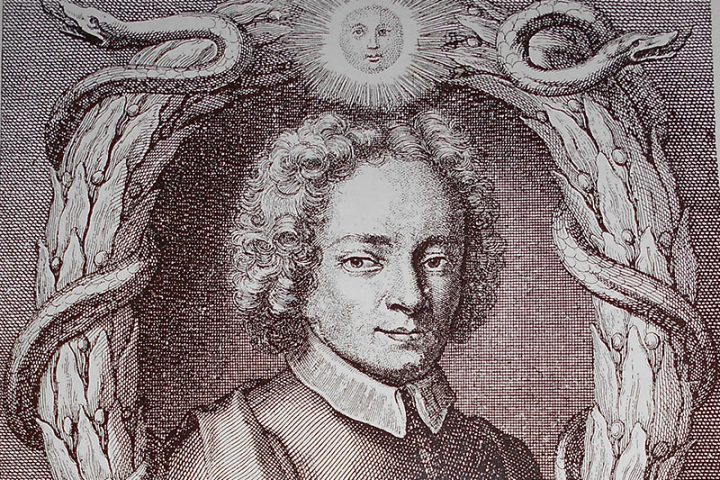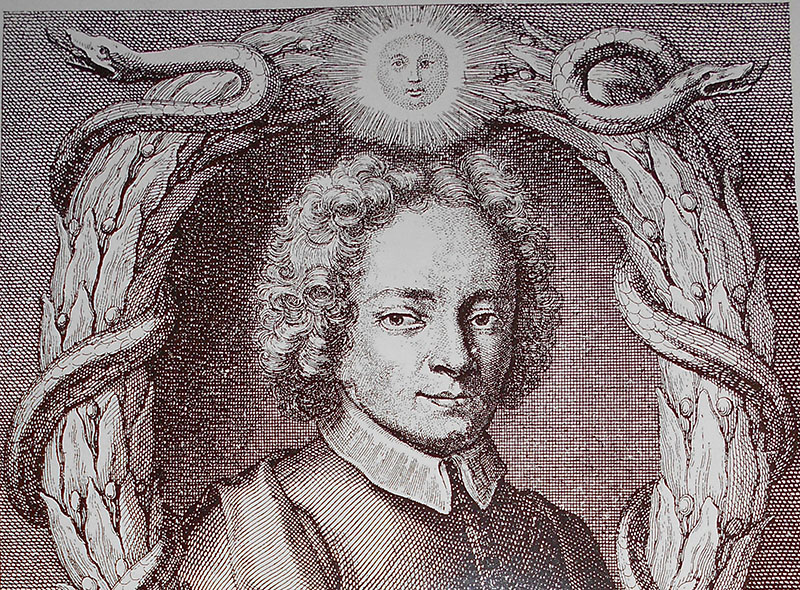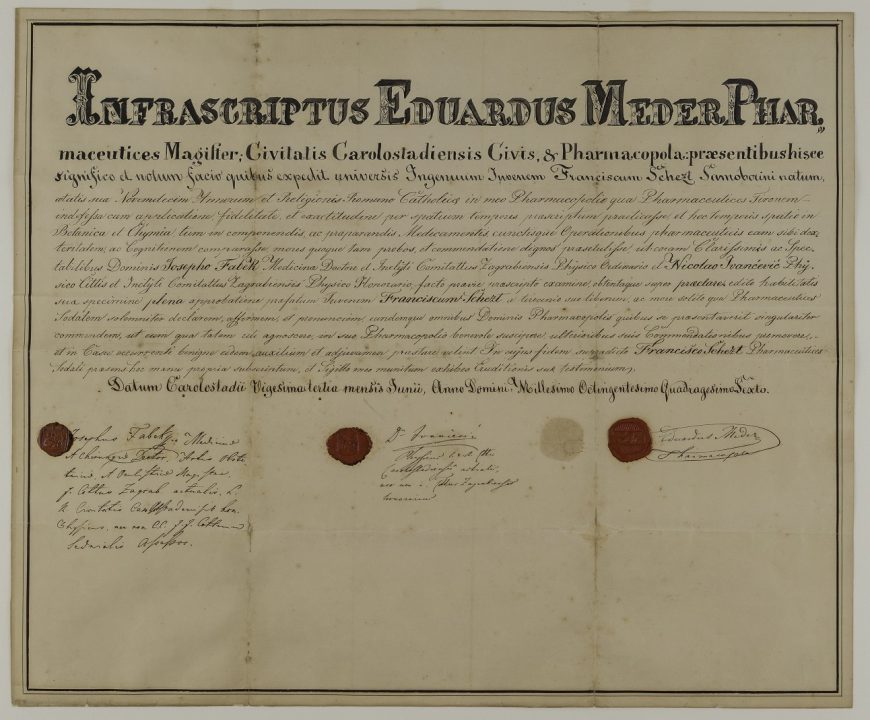Beginings of education in medical science
(Excerpt from the text: Fatović-Ferenčić, Stella. „A paragon of happiness, dignity and success“: the diplomas of Croatian medical students obtained at foreign universities. // Croatian Doctors’ Diplomas: Selected from the Collection of Medical Diplomas and Charters at the Croatian Museum of Medicine and Pharmacy. Zagreb : School of Medicine of the University in Zagreb, 2017. Catalogue of the exhibition, pp. 5–58)
The first Western European school which offered medical knowledge was the Schola Medica Salernitana, which is considered the precursor of university as an institution. Its earliest traces go back to the 9th century. Emperor Frederick the Great granted the Schola Medica Salernitana the right to issue diplomas, under the condition that the student was taught human anatomy. It is a well known fact that in 1688 one Salernitana diploma went to the renowned Dubrovnik physician Gjuro Armen Baglivi, one of the best known doctors of medicine of the time.
Over time other European universities opened their doors and offered education in medical science. For example, the University of Bologna, where the medical department was founded in 1158. Between the 12th and the 14th centuries Europe saw a proliferation of various universities, from Reims (1145) and Oxford (1167), to Paris (1200), Montpellier (1220), Padua (1222), Naples (1224), then Prague (1348), Vienna (1365), Budapest (1389), etc.
Some Croatian doctors of medicine taught at Bologna very early in the university’s history, such as the Dubrovnik physician Domenico Galleotti Rollandio, who was employed there between 1394 – 1422. He taught medicine and astrology at the department of medicine and philosophy. Later on, a physician called Lujo Gjurašević worked there as well.
In Padua, at first, the main subjects were law and theology, but later the program became considerably broader, so from 1250 it also included medical studies. In 1405, at the peak of its good reputation, the Padua school of higher education fell under the Venetian rule and became the Republic’s university centre. An interesting fact is that these great men all became professors at Padua at a very young age. For instance, Vesalius received his title when he was twenty-three years old, only a day after he graduated. Colombo was twenty-seven, Galileo Galilei twenty-eight, and Morgagni twenty-nine.
An interesting detail from the history of the Padua university was the 1438 decree, according to which the rector could not be from Padua and students, as well as professors, could have been elected for the position. For instance, in 1431, the rectorial duty was held by a man called Ivan de Albertis from Koper, and this was at the time when he was still a student. The renowned Dubrovnik poet Dominko Zlatarić was appointed rector in 1579. Although he was not a physician, during his mandate important reforms were introduced at the university, which included the introduction of a practical clinical course at the medical school. Considering the way lectures took place by that time, which was only theoretical comments made by the Classical authors of medical texts, this was a huge step forward. At the start of the 16th century, the renowned Zadar physician Federik Grisogono Bartolačić lectured in Padua as well, and in the 18th century Šime Stratico, also from Zadar, was appointed professor of medicine there.



